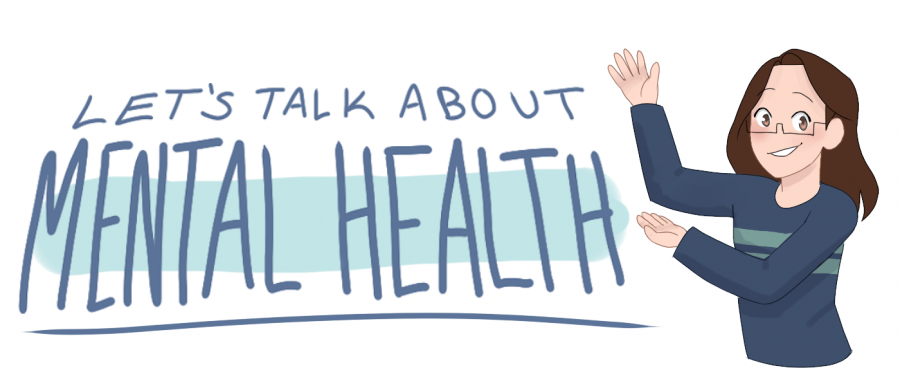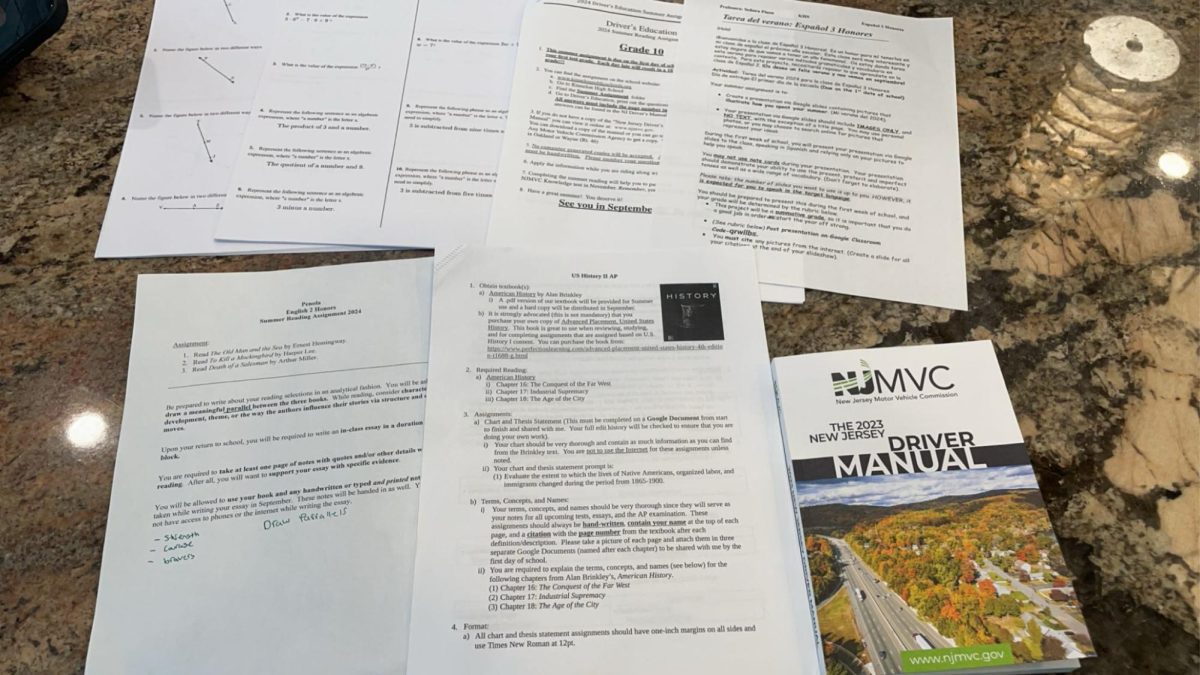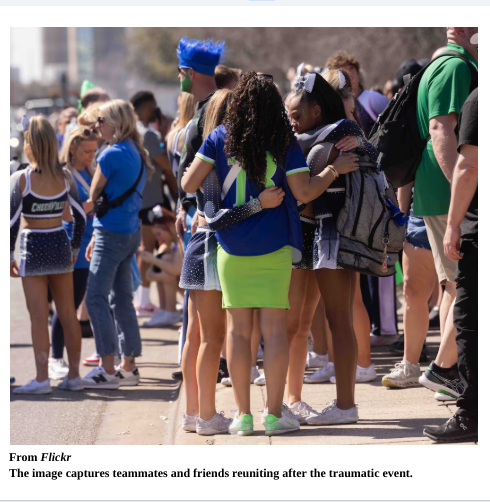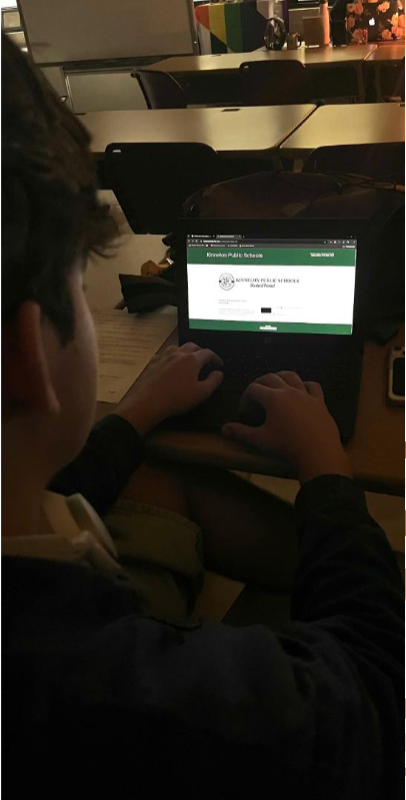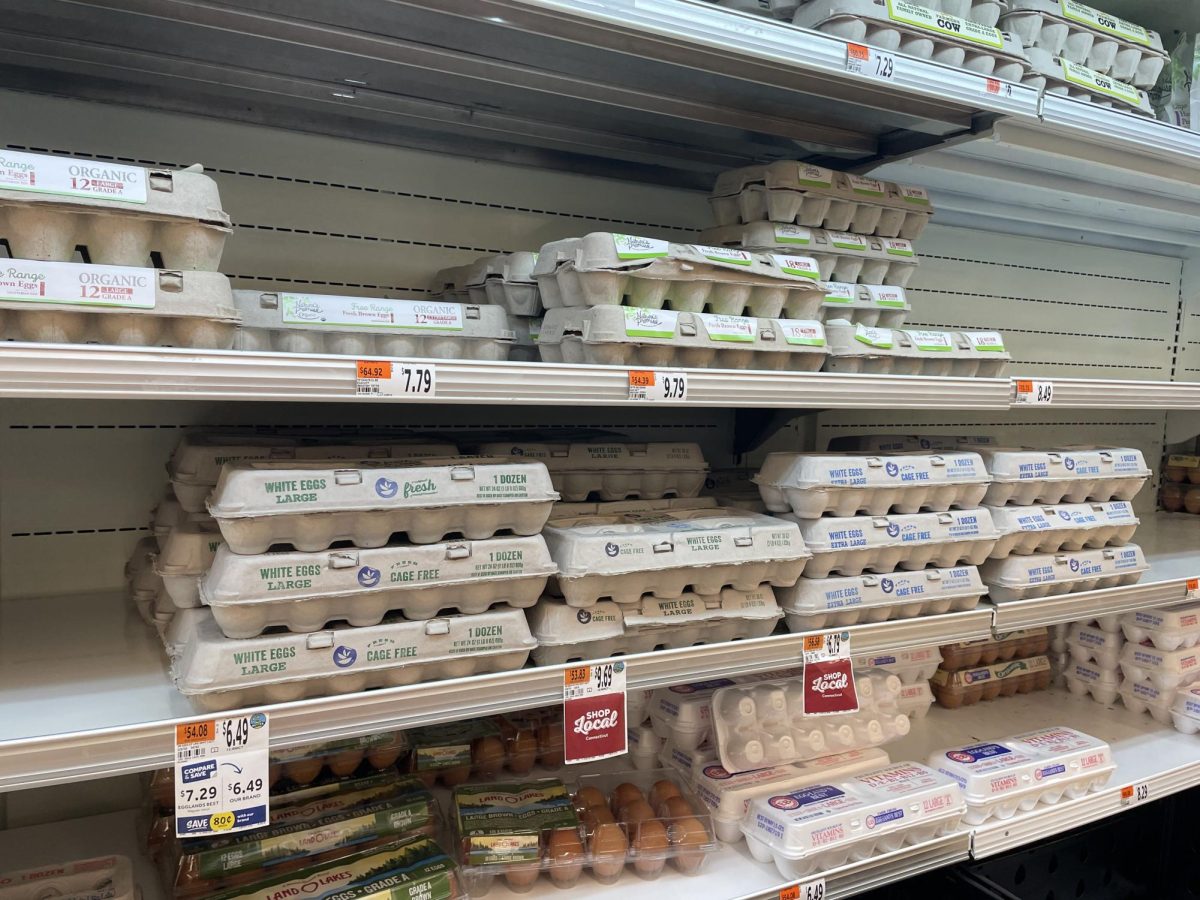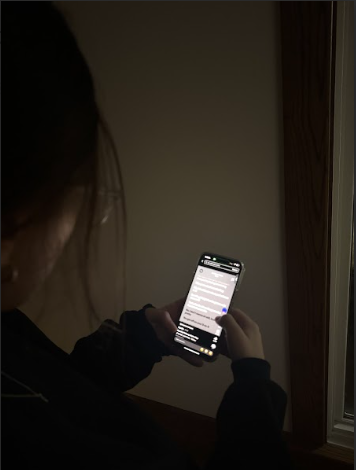Content Warning: The following article discusses suicide in depth. Readers should be aware of the column’s content and proceed at their own risk.
She is.
Depression isn’t real; there were only bad days. Or dramatizing a situation. She’d stare at the same ghost, dream consuming pasty ceiling for hours. Bones were heavy in her body and made her head stick like glue, melted and dried to her pillow that had molded a special spot for her head. A moist darkened spot for when tears leaked out her sleepless eyes. Blank faces and no names to match their smiles, dark rooms and no laughs. But she was just down, bags that inhabited the bottoms of her lashes. Where pools of tears would dry just before she stood in the morning. But she was just tired. Her voice slowly becoming rare to hear, and when it did, it was melted and rusted. But she was just sick. She wasn’t ‘just.’ She is. – Hiba Shaikh
In school, we primarily get taught about the dangers of drugs and how to drive safely through programs such as D.A.R.E and Every 15 Minutes; while these programs are excellent for raising youth awareness, why isn’t there a suicide awareness version of these programs in our school?
Just because a suicide hasn’t happened in years at Kinnelon High School (in fact, Danielle Wysocki, the student assistance counselor, states she doesn’t even know if a suicide has ever occurred at KHS), it doesn’t mean that it won’t happen. Taking preemptive steps to ensure that no such tragic event happens is critical to the safety and wellbeing of KHS students.
To put things in perspective, Kinnelon High School regularly conducts fire, lockdown, and ALICE drills; we take security measures to ensure the protection of the students before anything happens, and the school administration takes pride in knowing that they are doing everything they can to prevent any such danger to the student body– with regard to dangers external to the students themselves.
We think ahead. We prepare. And we ensure the safety of the students. However, what if the danger was not an external, hostile instigator, but rather a danger within oneself in the form of suicide?

Depression and suicide by the facts.
With the increased focus on the safety of students from external threats, our school administrators may unintentionally overlook the fact that in order to ensure the complete safety of the student body, they need to address the ever-increasing prevalence of suicide amongst teens, and that this can’t be done in a slipshod manner.
In high school especially, teens are experiencing the most change– physically, mentally, emotionally, socially– and as such, they are prone to increased levels of stress and severe confidence issues, according to Psychology Today. During a period when adolescents should be discovering who they are, all they are really doing is trying not to fall apart. On top of that, large workloads, academic standards, time-consuming extracurriculars, and parental pressure all weigh down students. However, what is the point of studying until early morning, of spending hundreds of dollars on SAT preparation, of preparing for college, if nine percent of students try to end their lives?
One in five American students experience suicidal thoughts, nine percent make an attempt, and 20 percent self-harm. Following these statistics, Kinnelon High School (with approximately 600 students) has the potential to have 120 kids who have suicidal thoughts, 11 who make an attempt, and 120 students who self-harm. These numbers are terrifying, and if this doesn’t constitute a threat to students’ safety, then how is a one to two million chance of being killed in a school shooting considered one?
However, this isn’t to say the school is doing nothing. According to Wysocki, the school has a few ways they raise suicide awareness outside of health class (where suicide awareness and prevention are parts of the curriculum). Every year, during National Suicide Awareness Month, a PSA is read over the afternoon announcements; and during lunch, Ask4Help cards are available at each lunch table. Wysocki says, “These cards are a ‘voice’ for youth when they can’t find the words to say ‘I need help.’” In addition, the Give Back Club facilitates the Semicolon Project, in which they hand out temporary semicolon tattoos along with a message.
Furthermore, Gary Suda, the principal of Kinnelon High School, is currently working alongside Wysocki and his administrative team to research prevention programs and determine whether KHS should adopt a pre-established suicide prevention program or create their own system to “meet the needs of our students and community.”
It is evident that the school is taking much-needed strides to address such an important issue, as a program needs to be established similar to Every 15 Minutes, or, a committee should be put into action; it should raise awareness about suicide and make the students feel that the school is there to support them and catch them if they are falling. A program like this would secure the complete safety of the students, all the while helping to stop the chain of suicide sweeping across the nation, taking too soon the lives of thousands of kids.

